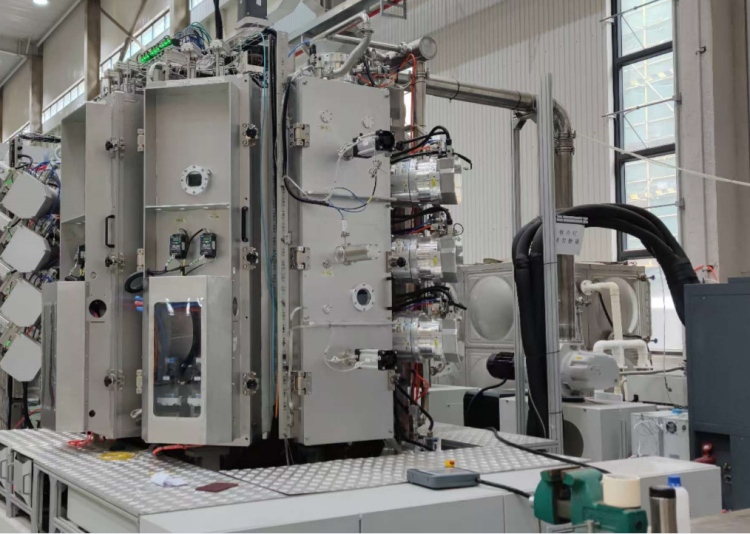Measures and Key Technologies for Ensuring the Accuracy of Sound Pressure Level Measurement of Acoustic Instruments in Instrument Manufacturing
in Instrument Manufacturing
Acoustic instruments play an important role in many fields, such as aerospace, medical, environmental monitoring, and automotive industry. Their main function is to measure the sound pressure level, that is, the intensity of sound. To ensure the accuracy of the measurement and guarantee the measurement accuracy of acoustic instruments, a series of measures and technologies need to be adopted.
technologies need to be adopted.
Technical Measures
Selecting High-Precision Sensors: Choosing sensors with high precision and good stability is the foundation for improving the accuracy of sound pressure level measurement. High-precision sensors can effectively reduce noise interference and ensure the accuracy of the measurement results.
Optimizing the Measurement Environment: The measurement environment of acoustic instruments has a direct impact on their measurement accuracy. During measurement, it is necessary to avoid external interference as much as possible, such as avoiding strong electromagnetic interference and strong sound source interference. At the same time, the temperature, humidity, and air pressure conditions of the measurement environment also need to be controlled to ensure the accuracy of the measurement results.
Advanced Algorithms: During the sound pressure level measurement process, advanced algorithms need to be used for signal processing, such as spectral analysis, filtering, and noise reduction, to improve measurement accuracy. In addition, machine learning and other technologies can also be used to analyze measurement data to improve measurement accuracy.
Key Technologies
Spectral Analysis Technology: By using spectral analysis technology, sound signals can be decomposed into different frequency components, thus accurately measuring the sound pressure level. This technology can effectively reduce noise interference and improve measurement accuracy.
Filtering Technology: By using filtering technology, noise components in the signal can be removed to improve measurement accuracy. Common filtering technologies include low-pass filtering, high-pass filtering, and band-pass filtering.
Noise Reduction Technology: Through noise reduction technology, the influence of external noise on the measurement results can be reduced, thereby improving measurement accuracy. Common noise reduction technologies include Kalman filtering and Kalman filter.
Machine Learning Technology: By using machine learning technology, it is possible to analyze measurement data to improve measurement accuracy. For example, machine learning technology can be used to classify measurement data to improve measurement accuracy.
This discussion covers some aspects of the accuracy assurance measures and key technologies for sound pressure level measurement of acoustic instruments in instrument manufacturing. The accuracy of sound pressure level measurement of acoustic instruments is of great significance for their application, and therefore, a series of technical measures and key technologies need to be adopted to improve the measurement accuracy.
